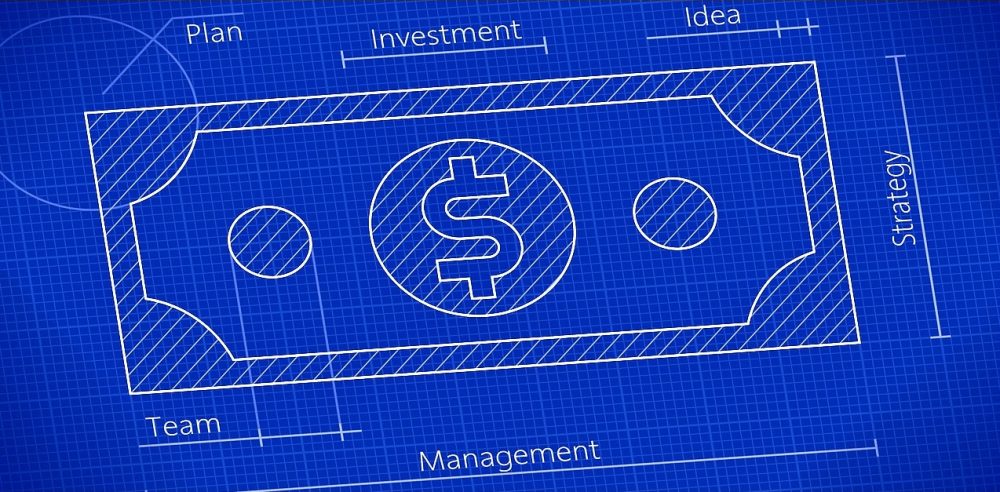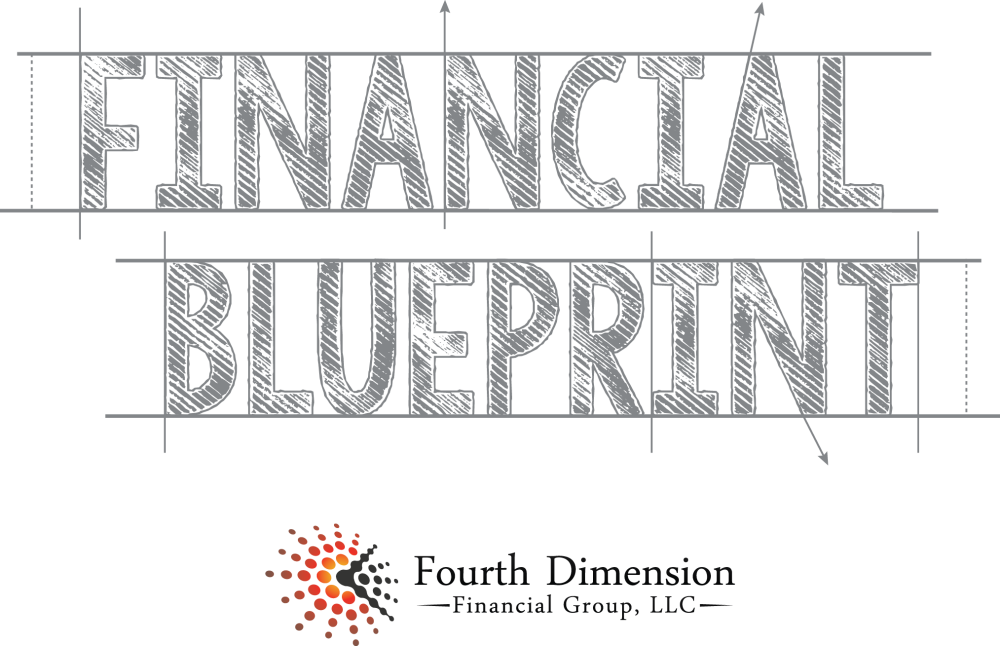

large scale demonstration and ‘first-of-its-kind’ projects, in which additive manufacturing and open building systems are combined for change-supporting and circular buildings. Lighthouse projects need to be set up ( S ), i.e.Through public procurement ( S – L ) change supporting and circular building solutions used for and within (new and existing) public buildings can inspire building professionals and project developers to do so as well.Advantageous loans (comparable with ‘green loans’) will provide some extra financial support. Especially for buildings with a short transformation cycle (such as stores, offices, sport and leisure infrastructure), the financial investment of adaptable and multi-use building solutions will be returned more easily. On the other hand, building clients and real estate owners will be more inclined to invest in change supporting and circular building solutions if the economic value of the building is maximally conserved. For example, architects will more easily take up reversible building design if being financially remunerated for providing (design) counselling to building clients for future transformations. Different business and financial incentives ( S – L ) need to be created in order to motivate all stakeholders within the value network to embrace circular economy concepts and strategies.The type of knowledge exchange can be tailored according to the target group: information campaigns, websites, books, network events… In order to stimulate the uptake of circular and reversible building solutions with long-term societal benefits, different target groups need to be sensitized ( S ) on the potential benefits and drawbacks these solutions could provide them.Not only will these practical experiments provide the necessary proof-of-concept(s), but also provide feedback to prepare these instruments for broader use. Experimenting with the use of integrated decision-making and circular business modelling needs to be done in pilot projects ( B – S ).Examples of role clustering are: (1) citizens cooperatives financing each other’s dwelling, (2) a circular economy service company (CESCO) combining asset management, monitoring of building and building product performance, ownership and financing of the building Experimenting with clustering of roles within the value network ( S) to create new added value and manage risks in an effective way when upscaling product services to a building stock level.Mainstream implementation of circular business models is expected on the longer term ( L ). The development of a ‘one-stop-shop’ framework for circular business models ( S ) will help frontrunner business developers, within the entire value network, and end users to consider financial, social and environmental value creation through different kinds of product service systems and different contexts.Within these, initial costs and benefits of (reversible and circular) building solutions are compared with potential life cycle gains/burdens. In anticipation of positive market mechanisms based on internalization of external costs, designers, project developers, facility managers, service suppliers and (end) users need to be supported in their decision-making through integrated assessment models and instruments ( B – S ).This kind of practices could be used as a stepping stone to internalise external costs also in the private sector. This is already the case in the Netherlands, where public procurement rules for ground, road and water infrastructure is based among others on life cycle costing and external environmental costing. Taking into account of external environmental and social costs and benefits of products and services should be thestandard within public procurement of infrastructure and (public) buildings across the EU ( S ). Internalization of external costs will only work if it is applied over country borders (to avoid economic trade-offs). Internalization of external environmental and social costs and benefits in prices of building (product) solutions ( L ) is an effective instrument to sensitize stakeholders– in particular (end) users – of the potential (long-term) societal impacts.


( L = long-term perspective S = short-term perspective B = within the BAMB project)


 0 kommentar(er)
0 kommentar(er)
